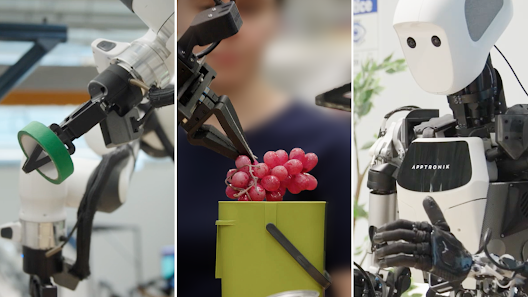Global Business Leaders Are Betting Big on AI-Powered Translation
Recent research highlights a growing emphasis on real-time language translation among global enterprises. According to a 2025 study conducted by Language I/O and Brandata, a remarkable 54% of large organizations now view AI-driven translation tools as a top priority in their digital strategy.
Involving over 1,000 executive leaders from North America and EMEA—including the U.S., U.K., Germany, South Africa, and Canada—the study examined how companies with 5,000+ employees are navigating the complex landscape of multilingual communication challenges.
Language Barriers Hamper Operations and Retention
The survey revealed that language-related issues disrupt customer service efforts for 45% of companies, while 32% face difficulties in employee training due to communication gaps. These barriers are not just communication problems—they also affect employee retention, onboarding efficiency, and long-term customer relationships.
AI Adoption Accelerates, but Trust and Accuracy Are Key
While 34% of organizations already implement AI-based language solutions, there’s a growing appetite for more advanced tools:
- 40% expect significant progress in text-to-speech translation
- 36% anticipate increased use of multilingual AI chatbots
However, concerns remain. Approximately 35% of respondents cite accuracy, cultural relevance, and data security as top challenges when integrating AI into language services.
AI Translation as Critical Infrastructure
Heather Morgan Shoemaker, CEO of Language I/O, says global enterprises are no longer willing to accept linguistic limitations. “Language is at the core of global collaboration. As AI evolves, businesses recognize that real-time, accurate translation is not a ‘nice-to-have’—it’s essential infrastructure,” she noted.
AI’s role in communication is not intended to replace humans but to enhance and support human interaction. Around 60% of organizations envision a future where AI works collaboratively with human experts to foster more meaningful, multilingual engagement across business functions.
Collaboration Is the Future of AI in Communication
The future of multilingual communication lies in hybrid models where AI assists rather than automates entirely. These collaborative systems allow humans to focus on strategic and emotional nuances—areas where machines still fall short—while AI handles repetitive and technical aspects of translation.
Notably, this evolving trend parallels other developments in AI infrastructure. For example, the rise of GPU-as-a-Service platforms is making scalable AI capabilities more accessible, empowering enterprises to integrate sophisticated tools like real-time translation without massive hardware investments.
As the demand for seamless global communication grows, AI translation is no longer just a tool—it’s a strategic imperative.







